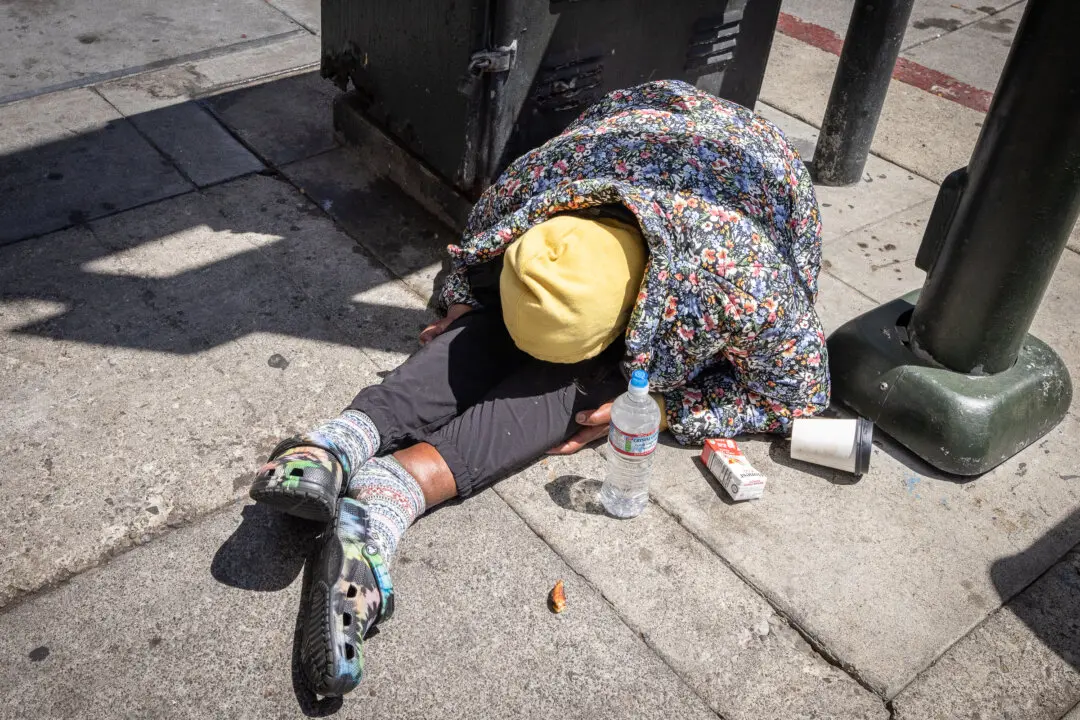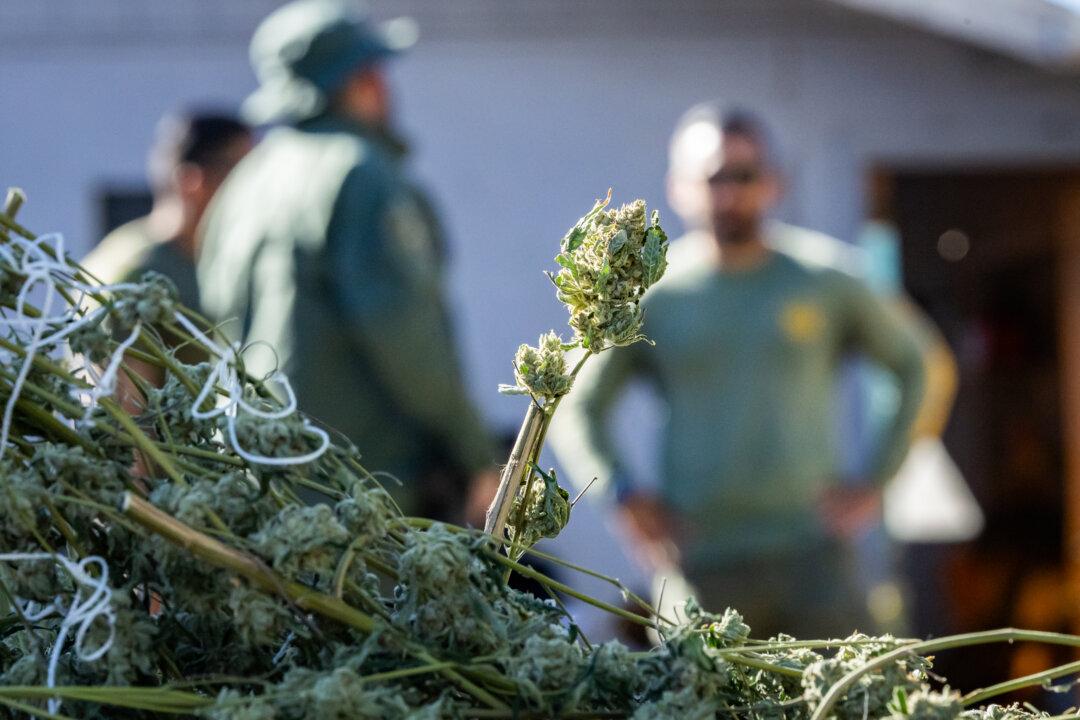Gov. Gavin Newsom signed an executive order last month to send vote-by-mail ballots to all registered voters in California ahead of the Nov. 3 presidential election. Republican groups suing Newsom in response to this order say their main objection is his use of emergency powers to change election laws.
In California, as well as across the nation, a debate has been raging as to whether vote-by-mail ballots open the door to widespread fraud. Following the GOP lawsuit announcement on May 24, much of the media discussion revolved around fraud and mail-in ballots.





